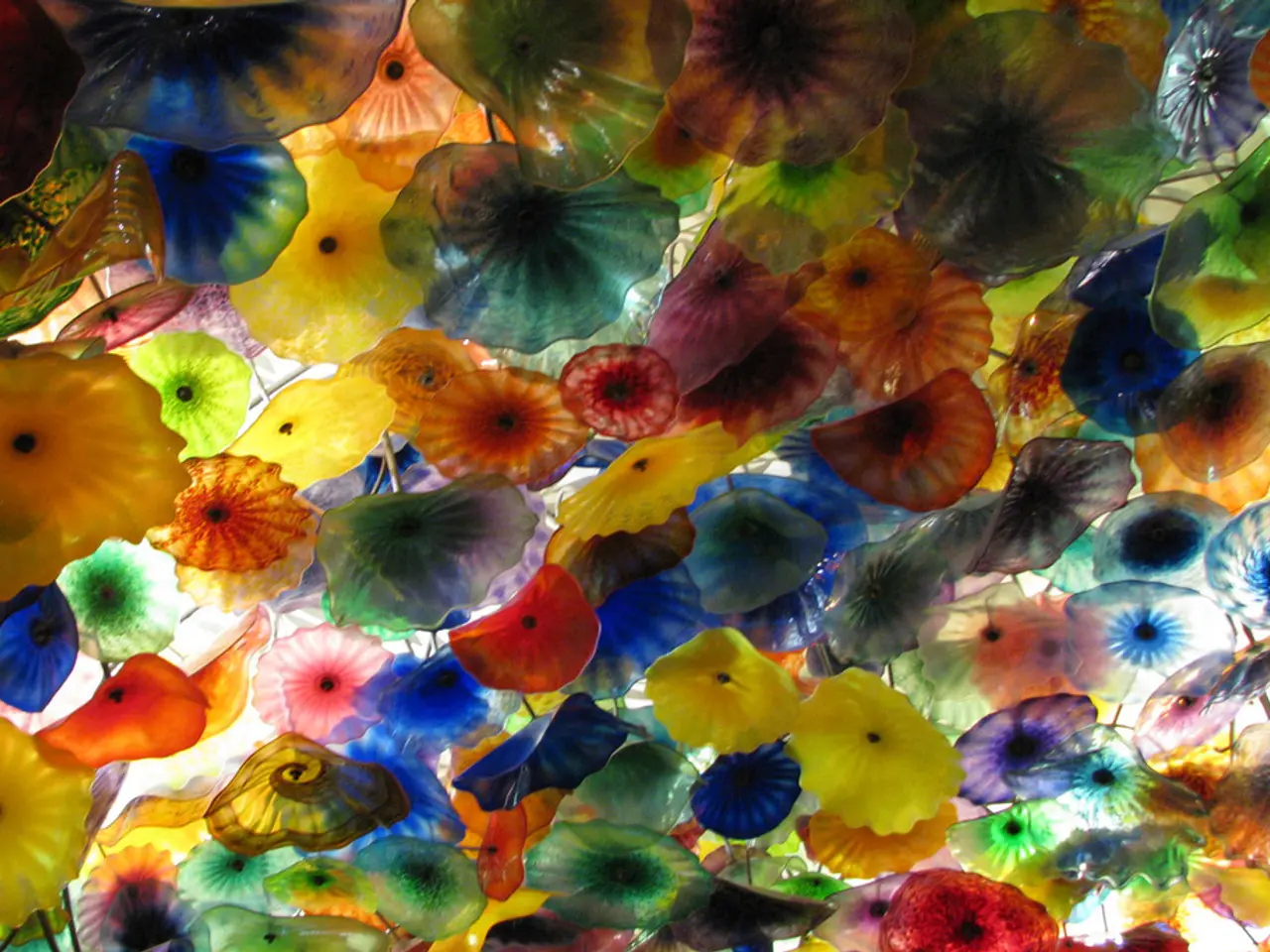Guide on Pricing Colored Diamonds, Ranked from Least to Most Expensive Featuring Le
In the world of precious gemstones, coloured diamonds have been captivating collectors and jewellery enthusiasts for centuries. These vibrant gems, each with their unique hues, have been the subject of fascination due to their rarity and exquisite beauty.
The value of coloured diamonds is primarily influenced by several key factors. The most critical of these is the diamond’s color quality and rarity. Rare colors such as red, blue, and green command the highest prices due to their extreme scarcity, while more common colors like brown or yellow tend to be less valuable. The color grading for fancy colored diamonds is distinct from that for traditional white diamonds and focuses heavily on the intensity and quality of the color.
Size also plays a significant role in determining a coloured diamond's value. Larger diamonds are significantly rarer than smaller ones, leading to exponential price increases with size, especially for rare colors. Clarity is also a factor, but it is typically secondary to color. Minor inclusions may be overlooked when the color is vivid, but clarity grades worse than SI2 are generally avoided for colored diamonds to maintain their value.
The cut of a coloured diamond is important, but it is less critical than the color itself. A well-cut diamond can enhance the brilliance and depth of the color, but poor cutting mainly diminishes visual appeal and thus value. Origin, treatment, fluorescence, market demand, and historical significance can also impact a coloured diamond's value.
Red diamonds are considered the most valuable coloured diamonds by weight, often selling for prices exceeding $1 million per carat due to their extreme rarity, with only about 20-30 known natural red diamonds worldwide. Other highly valuable coloured diamonds include blue, green, and pink diamonds, particularly when possessing a rich, intense color saturation.
Black diamonds, while rare, have not managed to capture the public's favor and are considered the least valuable of all coloured diamonds. The rarest and most sought-after blue diamonds owe their color to infinitesimal levels of boron impurities and account for less than 1% of all natural stones.
Coloured diamonds are graded into one of nine categories: faint (least valuable) to fancy vivid (the rarest and most expensive). Violet diamonds are exceptionally rare and hard to value. One of the oldest types of diamonds (type 1 AB), they typically only appear in sizes up to a maximum of 0.25ct.
Some of the most notable coloured diamonds include the 5.11ct Moussaieff Red diamond, the largest ever red diamond, discovered in Brazil in 1990 and bought by Moussaieff Jewellers in the early 2000s for an estimated $8,000,000. The 14.6ct Oppenheimer Blue is the most expensive fancy vivid blue diamond sold to date, selling for $57,500,000 at Christies in May 2016. The 5.03ct Aurora Green diamond is the most expensive green diamond ever sold, fetching HK $16.8 million at Christie's in May 2016. The largest ever orange diamond, a 14.82ct pear-shaped fancy vivid orange, sold for CHF 32,645,000 at Christie's in 2013.
In summary, the factors influencing coloured diamond value are dominated by the strength and rarity of their color, followed by size, clarity, and cut quality. Among colours, red diamonds are the rarest and most valuable, with blue, green, and pink also commanding high prices. Treated diamonds and those with strong fluorescence are less valuable, while diamond origin and market demand further influence pricing.
- Researchers often focus on studying the rarity and color quality of coloured diamonds, as these factors significantly influence their value.
- In addition to coloured diamonds, the individual's area of study might include other subjects such as sports, weather, or even public policy, as represented by a diploma.
- Some researchers may also publish their findings in academic journals, contributing to the field's collective knowledge and understanding.
- To enhance their skills and broaden their expertise, researchers might participate in courses or workshops, similarly to individuals engaging in physical activities like sports.







